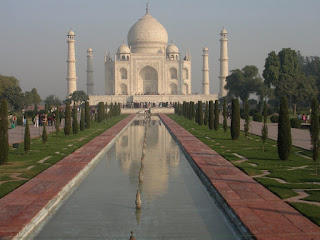Why do captive elephants become violent ?
One theory says that they might be suffering from a psychiatric condition called Post Traumatic Stress Disorder or PT SD. I have written about this in an earlier post. It has three core features.
1) Hyper arousal - Difficulty to relax or fall asleep. Exaggerated startle response to minor stimuli, increased heart rate etc.
2) Avoidance of anything that reminds one of the original trauma.
3) Flashbacks of the past trauma, Re experiencing the trauma as sudden bursts of memory.
The wild elephants after capturing, are subjected to cruel torturing by the mahouts and trainer elephants. This induces severe life threatening fear in them leading to PT SD.
During the festival amid the mob and the loudly beating drums, they have flashbacks of the trauma, re experience the trauma. This makes them mortally afraid and they react violently.
പാമ്പുകളെ വളർത്തുന്നത്
8 months ago










